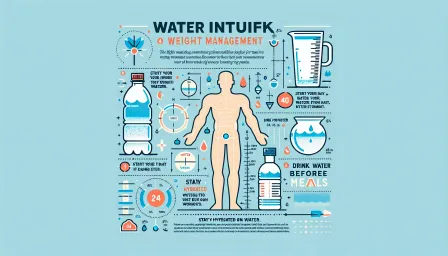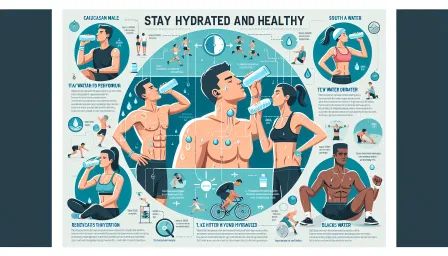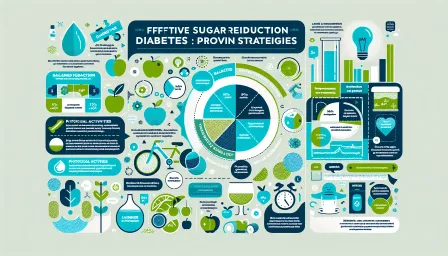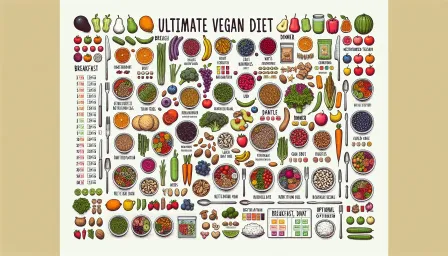The Ultimate Guide to Maintaining a Healthy Waist Circumference

Learn how to maintain a healthy waist circumference with this ultimate guide. Get expert tips and strategies for a healthier lifestyle.
Maintaining a healthy waist circumference is crucial for overall health and well-being. A larger waist circumference is often associated with a higher risk of various health issues, including cardiovascular diseases, type 2 diabetes, and metabolic syndrome. In this ultimate guide, we’ll explore everything you need to know to keep your waistline in check effectively and healthily.
Understanding Waist Circumference and Its Importance
What is Waist Circumference?
Waist circumference refers to the measurement around your abdominal area, typically taken at the level of your navel. It's a simple yet powerful indicator of abdominal fat, which is a key risk factor for several chronic health conditions.
Why is a Healthy Waist Circumference Important?
Research indicates that excess abdominal fat, more than fat in other parts of the body, is linked to a higher risk of health problems. This includes heart disease, hypertension, type 2 diabetes, certain cancers, and even mortality. Therefore, maintaining a healthy waist circumference is vital for reducing these risks and enhancing overall health.
How to Measure Your Waist Correctly
To accurately measure your waist circumference, follow these steps:
- Use a flexible measuring tape.
- Place the tape measure around your bare abdomen, just above your hipbone.
- Ensure the tape is snug but not compressing your skin, and is parallel to the ground.
- Exhale normally and take the measurement.
For most adults, a waist circumference of 40 inches or above in men and 35 inches or above in women is considered too high and might increase the risk of health issues.
Effective Strategies to Maintain a Healthy Waist Circumference
1. Balanced Diet
One of the most effective ways to maintain a healthy waist circumference is through proper nutrition. Prioritize a diet rich in fruits, vegetables, lean proteins, whole grains, and healthy fats. Avoid processed foods, sugary drinks, and excessive salt, as they can contribute to weight gain and increased abdominal fat.
2. Regular Physical Activity
Engaging in regular physical activity is essential for keeping your waistline in check. Aim for at least 150 minutes of moderate aerobic activity or 75 minutes of vigorous activity per week, along with strength training exercises on two or more days a week.
3. Stress Management
Chronic stress can lead to weight gain, particularly around the abdomen. Practicing stress management techniques like yoga, meditation, deep breathing exercises, and hobbies can help reduce stress levels and improve overall health.
4. Adequate Sleep
Poor sleep quality or insufficient sleep is associated with weight gain and increased waist circumference. Aim for 7-9 hours of quality sleep per night to support optimal metabolic function and weight management.
5. Hydration
Staying adequately hydrated supports bodily functions, including metabolism. Aim to drink at least 8 glasses of water a day, or more, depending on your activity level and climate.
Additional Tips for Maintaining a Healthy Waist Circumference
Understand Your Body Type
People have different body types and genetic predispositions that can affect fat distribution. Understanding your body type can help tailor your approach to diet and exercise for the best results.
Monitor Your Progress
Regularly monitoring your waist circumference and overall health metrics can provide insight into your progress and help identify areas for improvement. Consider keeping a journal or using an app to track your measurements and lifestyle habits.
Seek Professional Guidance
If you're struggling to maintain a healthy waist circumference, consider consulting a healthcare professional, such as a dietitian or personal trainer, who can provide personalized advice and support.
Conclusion
Maintaining a healthy waist circumference is instrumental in reducing the risk of serious health conditions and improving overall well-being. By understanding the importance of waist circumference, accurately measuring your waist, and implementing effective strategies like a balanced diet, regular exercise, stress management, adequate sleep, and hydration, you can achieve and maintain a healthy waistline. Ultimately, taking proactive steps to manage your waist circumference contributes to a healthier, more fulfilling life.



























